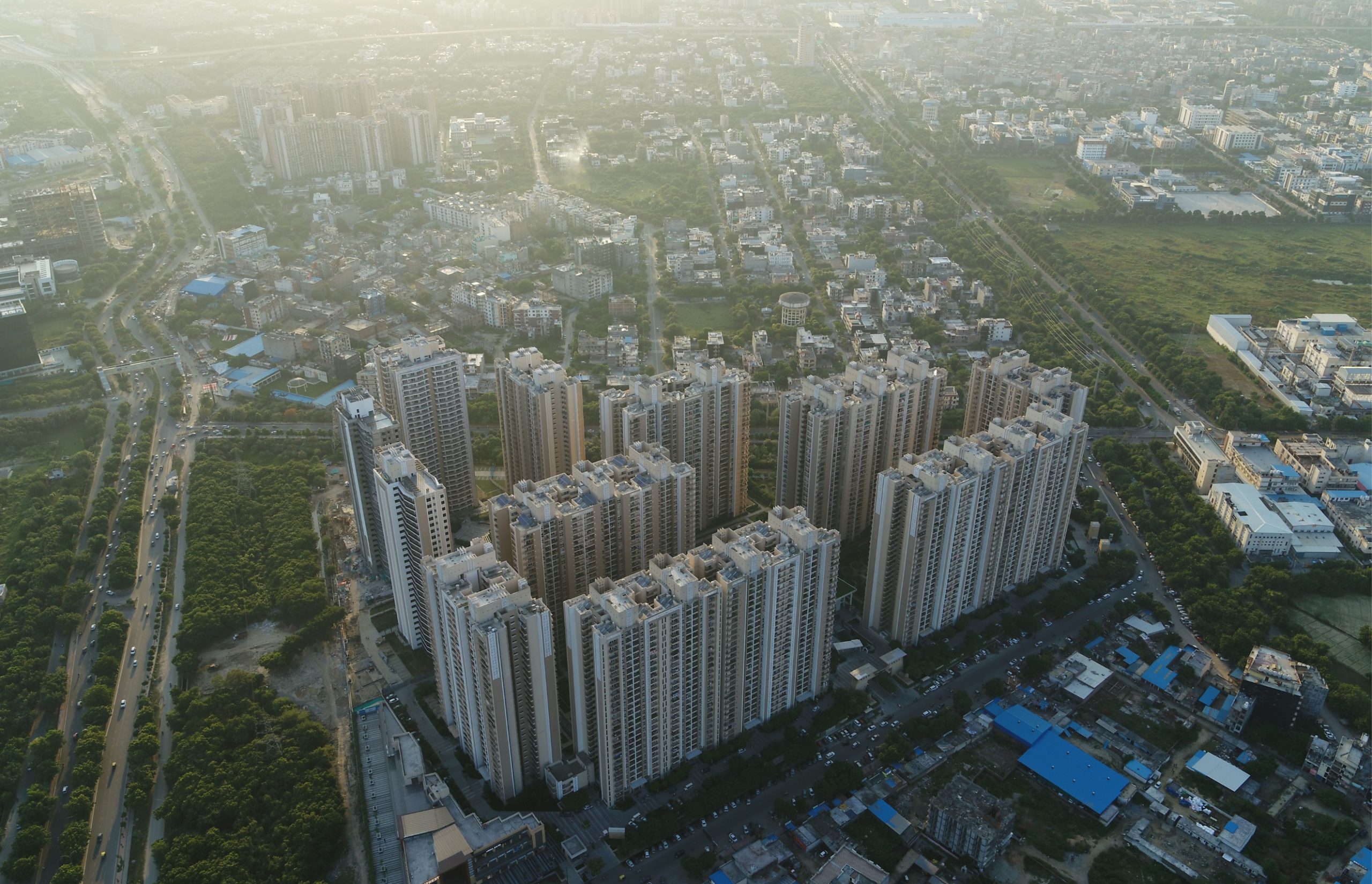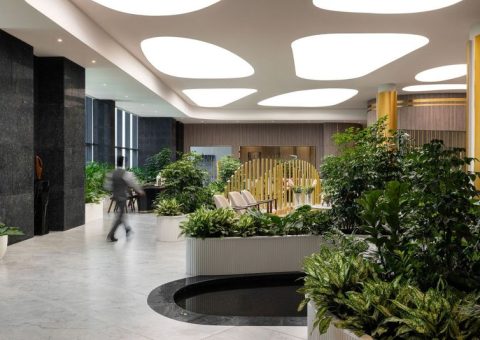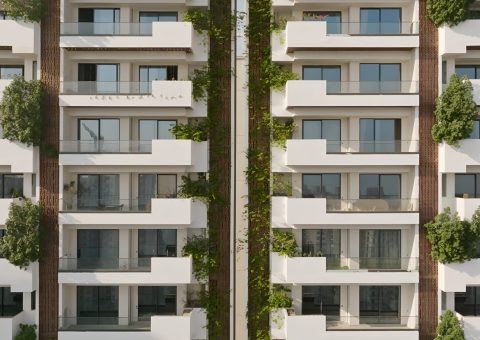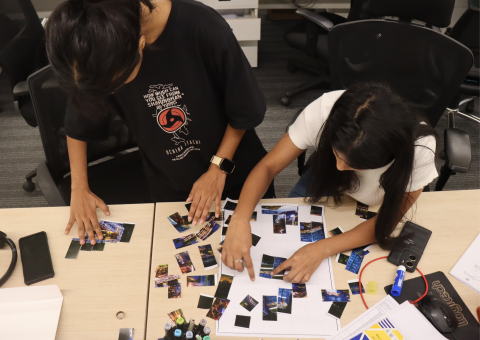Achieving Net Zero: How Innovative Design Shapes Urban Futures
As cities continue to grow, architecture must move beyond aesthetics and function to address one of the most urgent challenges of our time: climate change. The idea of net-zero, where a building or development produces as much energy as it consumes, has become a central tenet in the design of future urban environments. While technical solutions are important, it is design thinking that ultimately determines how effectively net-zero strategies are integrated into the built fabric of a city.

Designing for Performance
Net-zero cannot be achieved through technology alone. It requires a shift in how we conceive space, orient buildings, and organise infrastructure. A high-performance building begins with passive strategies, including natural ventilation, daylighting, shading, thermal mass, and spatial planning that respects local climate patterns. These ideas must be embedded from the earliest stages of design. Architecture becomes a tool not only to house activity, but to reduce dependence on external systems.
Density, Efficiency, and Collective Systems
Urban environments offer a unique opportunity for net-zero thinking. Unlike stand-alone structures, cities can operate at economies of scale. Shared infrastructure, such as district cooling, solar energy farms, and water recycling systems, makes it possible to reduce consumption at a community level. In this context, architecture must be conceived as part of a larger system. The building is not isolated from the street, the grid, or the people who use it. Design becomes a form of environmental choreography, balancing private comfort with collective efficiency.
Innovation Rooted in Context
Every site has its own climatic, cultural, and spatial logic. Innovation lies in recognising these conditions and designing in response to them. Whether through the integration of local materials, the reinterpretation of vernacular forms, or the calibration of energy systems to daily rhythms, net zero must emerge from context, not be imposed onto it. This approach makes sustainability more resilient and more relevant to the people it serves.
At Confluence, we see net zero as a long-term design responsibility. Our projects begin with climate analysis and evolve through iterative modelling. We work to align form and function in ways that lower energy use, enhance liveability, and prepare our cities for the future. Design, for us, is a way to anticipate and address change—quietly, intelligently, and with intention.
At Confluence, we see net zero as a long-term design responsibility. Our projects begin with climate analysis and evolve through iterative modelling. We work to align form and function in ways that lower energy use, enhance liveability, and prepare our cities for the future. Design, for us, is a way to anticipate and address change—quietly, intelligently, and with intention.



